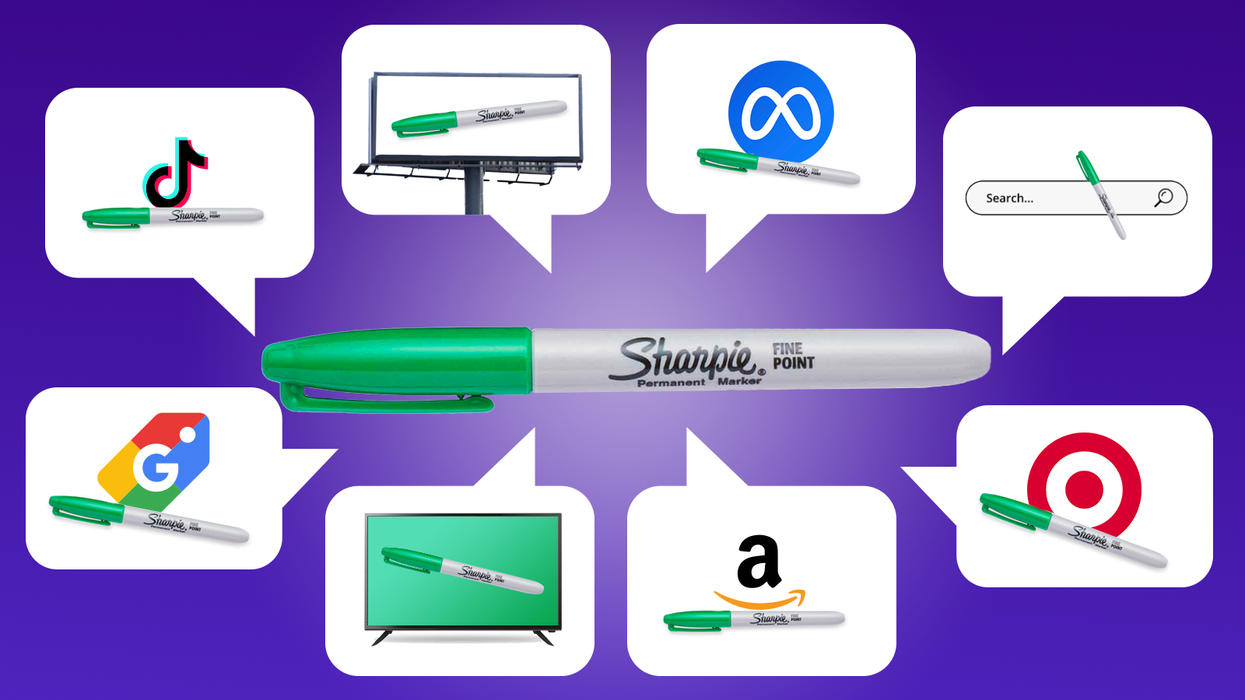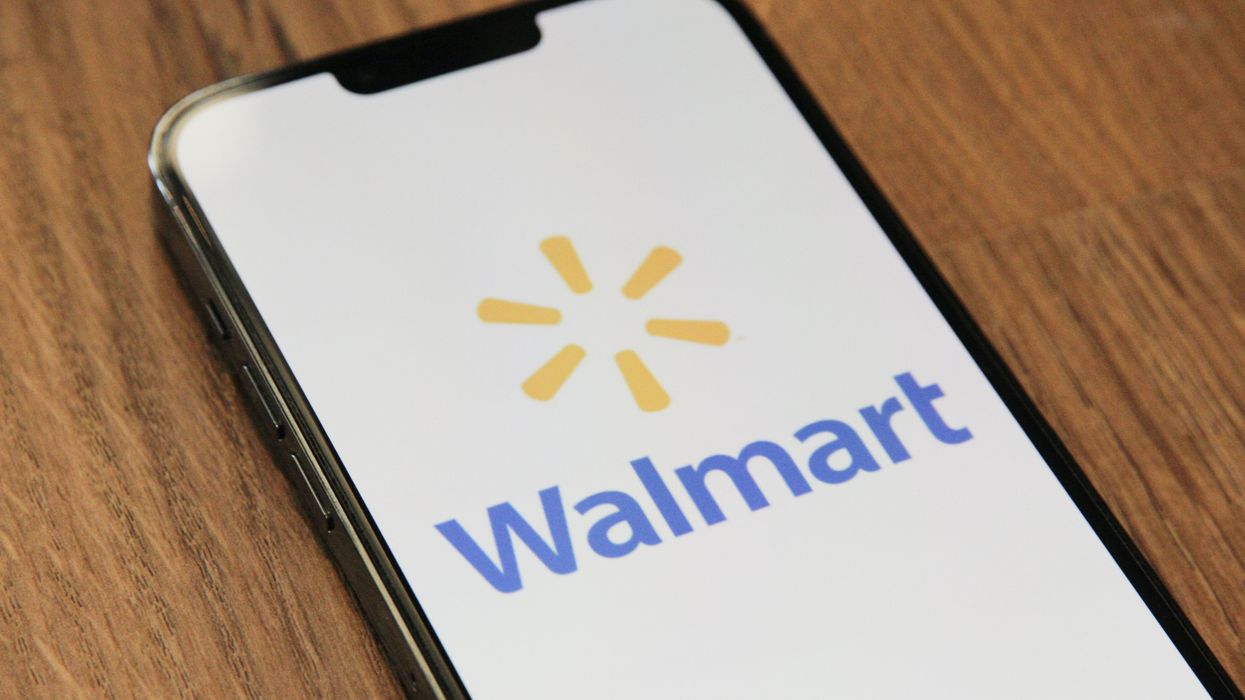A game can be going along great. But if everyone doesn’t agree on the rules, an unexpected dispute can break up the action quickly.
It’s a lesson from recess, but it could soon apply to retail media if key issues in measurement aren’t addressed.
From a high level, retail media is indeed doing great. It’s clear that advertising placed on retailers’ websites is enjoying a period of explosive growth. Seemingly every day, a new retailer is becoming an ad network.
Pairing the power of marketplaces with the targeting capabilities offered by first-party data that is gathered through purchases and loyalty programs, retail media surged alongside the rise of ecommerce in the pandemic, and the push toward privacy that is altering the digital marketing landscape. As more retailers are standing up advertising networks, the first-party data that powers them is being applied to in-store sales and CTV. By 2024, retail media is expected to be a $61 billion market, and account for nearly one in five digital advertising dollars, according to eMarketer.
But scratch the surface, and growing pains start to appear. The width and velocity of retail media’s growth has created a landscape where each retailer operates its own network. This means data can’t be easily shared between marketplaces. Adding particular complexity for brands looking to evaluate media investment, each retailer also has its own measurement tools.
As retail media spending continues to explode to a growing number of channels, this lack of standardization means that brands don’t have a way to compare results across platforms, and measure incrementality that determines whether ads are effective and efficient.
In other words, the platforms can’t agree on the rules of the playground.
Incremental wants to step in before there’s a misstep that slows down the growth.
“What’s currently missing in retail media,” said Incremental CEO David Pollet, “is a neutral party that can support brands and agencies by bringing together data from across the growing number of channels they invest in, and give them an understanding of how an ad or promotion in one place can influence conversions in another.”
Pollet and the rest of Incremental’s leadership team are veterans of digital advertising innovation, from search to mobile to CTV. They recognize two familiar trends in this period:
On one hand, retail media spend reached a level in five years that took search and mobile more than a decade.
On the other, a neutral partner has yet to emerge that is decoupled from being the recipients of advertising spend, and therefore has the ability to work across each media platform since they are non-competitive.
“In every other era of media, the path from early promise to mature market was paved by an unbiased source that helped advertisers evaluate spend across channels, and unlock access to the entire landscape of opportunity,” Pollet said. “Incremental is working alongside the teams at brands and agencies to embed cross-channel measurement capabilities and insights that drive decisionmaking at the pace of real-time commerce.”
Incrementality, explained
The need for a neutral party is being shaped by the increasing necessity for brands to measure incrementality. This zeroes in on evaluating the actions that would have only happened with advertising, and those that would have happened even if there was no ad. Incrementality reframes measurement around a combination of factors that led to a sale, rather than a single ad campaign.
Consider this example: You navigate to an ecommerce site and search for green Sharpies. You see an ad near the top of search results, click through, and buy the product.
It’s a simple enough process for the shopper. But for the brand trying to figure out whether an ad was effective, this presents a lot of complications.
With most of the measurement tools currently in use across digital media, the ad you clicked would get the credit for driving that sale.
But there’s a big issue with that. For one, you went to the ecommerce site and searched for the product with the specific intent to buy a Sharpie. The ad got the credit for a sale that was going to happen, even without it due to the strength of the brand.
Adding to the mix, you may have been influenced in other ways to buy a Sharpie even before opening up your phone browser. You may have seen an ad for a Sharpie while reading an article, scrolling social media or passing a billboard on the highway. Plus, seasonality matters. It may be back-to-school time, and you needed a new Sharpie to make those highlights stand out.
For advertisers eying where to invest media dollars in a landscape that contains an ever-growing number of channels, each of the above elements matters. If the search ad on the ecommerce site didn’t get credit for the sale, it shouldn’t get more media spend.
Incremental has the technology to account for all of the factors that led to a sale, and the independence to provide guidance based on what the data says, Pollet said. The company’s platform is harnessing advances in machine learning and cloud computing to deliver this, while integrating into the workflows of brands and agencies to allow continued collaboration between teams and partners.
The era of efficiency
A focus on incrementality also changes how media is measured. Metrics like ad-attributed sales and ROAS take a narrow view from one marketplace and the bottom of the funnel. iROI, or incremental return on investment, offers a forward-looking measure that apportions credit for conversions to actions taken across platforms. Incremental is working to advance the use of this metric, providing a KPI that is predictive of actual business performance.
These tools have major implications for the efficiency of advertising dollars. In media, measurement dictates where dollars go next, as advertisers use the results to plan their next set of investments. So Incremental also provides brands and agencies with forward looking predictions that can be used to inform these decisions. This can help brands reallocate existing budgets toward what’s working, driving more growth without increasing their budget. Crucially, these insights are delivered in real-time, so they arrive in time to matter, according to Incremental.
With the insights that a team generates, brands can not only optimize for success at the campaign-level, but redirect spend to the channels that are driving the most growth.
With everyone working from the same metrics and seeing results from across media sources, ad spend can be directed to the places where it can drive the new conversions that boost a business.
Sometimes, being neutral can deliver what’s right for everyone.












